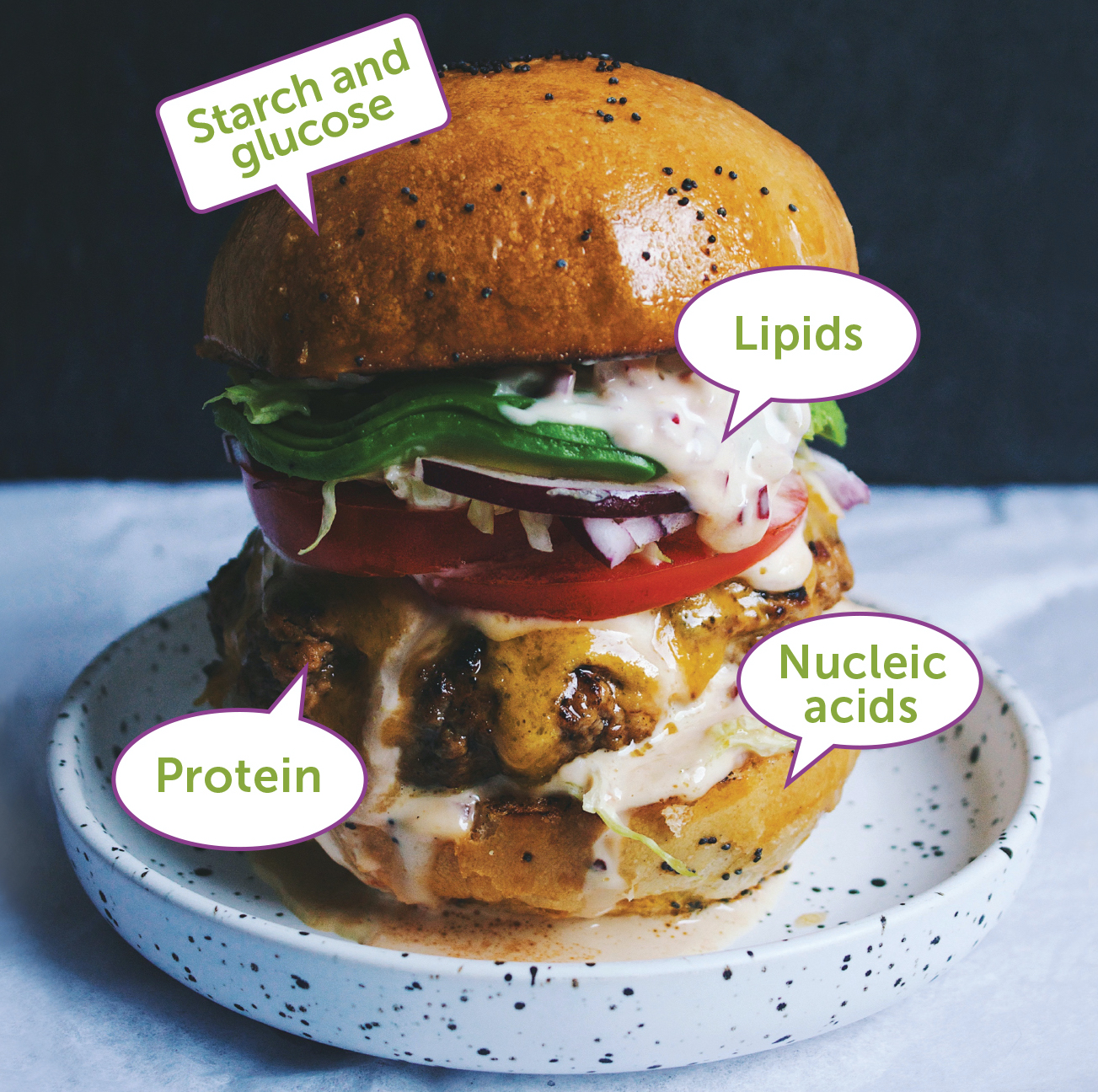What Macromolecules Are In Pasta
What Macromolecules Are In Pasta - The main macromolecules found in pasta are carbohydrates and proteins. However, in addition to the type of pasta you pick, what you top it with is just as important. Carbohydrates, specifically starch, make up the majority of the. Pasta primarily consists of carbohydrates in the form of starch, which is its main macromolecule. The macronutrient breakdown is 79% carbs, 1% fat,. What are the 4 major biological. Pasta is a rich source of carbohydrates, which are an essential macronutrient for providing energy to the body.
Carbohydrates, specifically starch, make up the majority of the. Pasta primarily consists of carbohydrates in the form of starch, which is its main macromolecule. Pasta is a rich source of carbohydrates, which are an essential macronutrient for providing energy to the body. The main macromolecules found in pasta are carbohydrates and proteins. The macronutrient breakdown is 79% carbs, 1% fat,. However, in addition to the type of pasta you pick, what you top it with is just as important. What are the 4 major biological.
What are the 4 major biological. However, in addition to the type of pasta you pick, what you top it with is just as important. Pasta primarily consists of carbohydrates in the form of starch, which is its main macromolecule. Pasta is a rich source of carbohydrates, which are an essential macronutrient for providing energy to the body. The macronutrient breakdown is 79% carbs, 1% fat,. Carbohydrates, specifically starch, make up the majority of the. The main macromolecules found in pasta are carbohydrates and proteins.
Honors Biology Macromolecules Diagram Quizlet
The main macromolecules found in pasta are carbohydrates and proteins. However, in addition to the type of pasta you pick, what you top it with is just as important. Pasta is a rich source of carbohydrates, which are an essential macronutrient for providing energy to the body. Pasta primarily consists of carbohydrates in the form of starch, which is its.
Taking Macromolecules to Micro! (M3014) • MiniOne Systems
The main macromolecules found in pasta are carbohydrates and proteins. What are the 4 major biological. Pasta is a rich source of carbohydrates, which are an essential macronutrient for providing energy to the body. The macronutrient breakdown is 79% carbs, 1% fat,. Carbohydrates, specifically starch, make up the majority of the.
Italian pasta shapes. Fettuccine, spaghetti and lasagna. Dry cannelloni
Pasta primarily consists of carbohydrates in the form of starch, which is its main macromolecule. Pasta is a rich source of carbohydrates, which are an essential macronutrient for providing energy to the body. The main macromolecules found in pasta are carbohydrates and proteins. Carbohydrates, specifically starch, make up the majority of the. What are the 4 major biological.
Macromolecules BIG MACromolecules
Pasta is a rich source of carbohydrates, which are an essential macronutrient for providing energy to the body. However, in addition to the type of pasta you pick, what you top it with is just as important. Pasta primarily consists of carbohydrates in the form of starch, which is its main macromolecule. The macronutrient breakdown is 79% carbs, 1% fat,..
Macromolecules by gabrielle.leak
Pasta primarily consists of carbohydrates in the form of starch, which is its main macromolecule. Carbohydrates, specifically starch, make up the majority of the. What are the 4 major biological. However, in addition to the type of pasta you pick, what you top it with is just as important. The main macromolecules found in pasta are carbohydrates and proteins.
Macromolecules Definition, Types, Examples
Pasta is a rich source of carbohydrates, which are an essential macronutrient for providing energy to the body. What are the 4 major biological. The main macromolecules found in pasta are carbohydrates and proteins. Carbohydrates, specifically starch, make up the majority of the. The macronutrient breakdown is 79% carbs, 1% fat,.
Macromolecules by khalia_elam
The macronutrient breakdown is 79% carbs, 1% fat,. Carbohydrates, specifically starch, make up the majority of the. The main macromolecules found in pasta are carbohydrates and proteins. Pasta primarily consists of carbohydrates in the form of starch, which is its main macromolecule. However, in addition to the type of pasta you pick, what you top it with is just as.
Macromolecules by plun6059
Carbohydrates, specifically starch, make up the majority of the. Pasta is a rich source of carbohydrates, which are an essential macronutrient for providing energy to the body. Pasta primarily consists of carbohydrates in the form of starch, which is its main macromolecule. What are the 4 major biological. The macronutrient breakdown is 79% carbs, 1% fat,.
Macromolecule Chart Worksheet Exercises Biology Docsity
Pasta is a rich source of carbohydrates, which are an essential macronutrient for providing energy to the body. The main macromolecules found in pasta are carbohydrates and proteins. What are the 4 major biological. Pasta primarily consists of carbohydrates in the form of starch, which is its main macromolecule. However, in addition to the type of pasta you pick, what.
Macromolecules by khalia_elam
What are the 4 major biological. Carbohydrates, specifically starch, make up the majority of the. Pasta is a rich source of carbohydrates, which are an essential macronutrient for providing energy to the body. The main macromolecules found in pasta are carbohydrates and proteins. However, in addition to the type of pasta you pick, what you top it with is just.
However, In Addition To The Type Of Pasta You Pick, What You Top It With Is Just As Important.
Pasta is a rich source of carbohydrates, which are an essential macronutrient for providing energy to the body. The macronutrient breakdown is 79% carbs, 1% fat,. The main macromolecules found in pasta are carbohydrates and proteins. What are the 4 major biological.
Carbohydrates, Specifically Starch, Make Up The Majority Of The.
Pasta primarily consists of carbohydrates in the form of starch, which is its main macromolecule.









